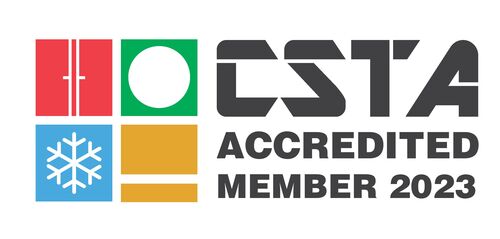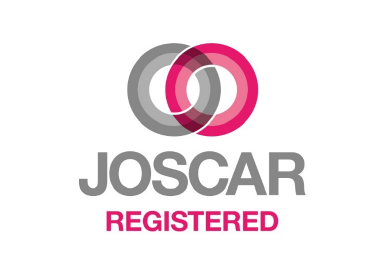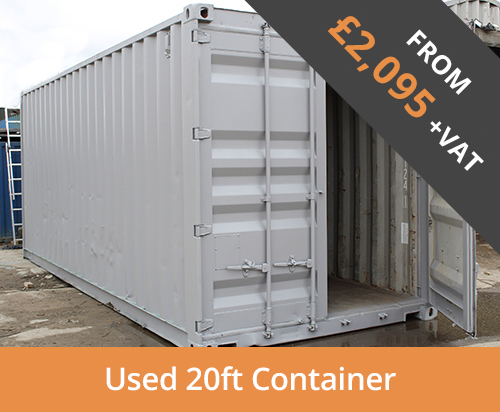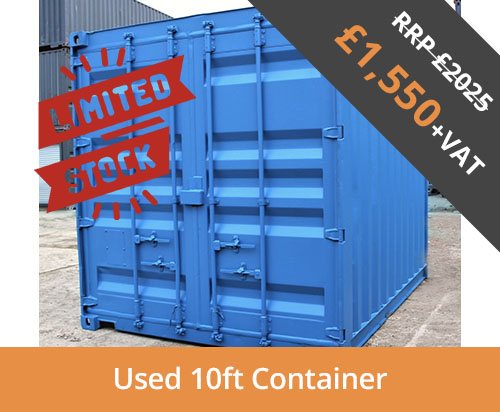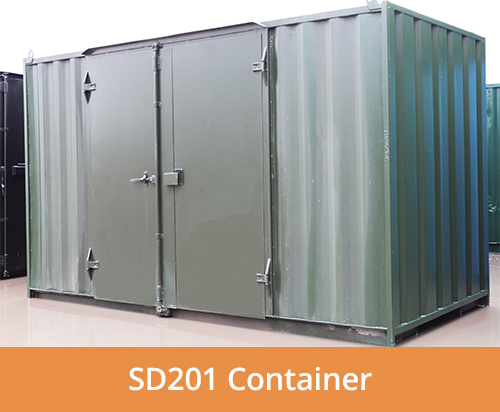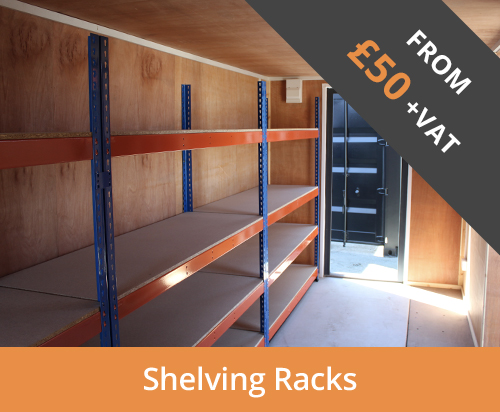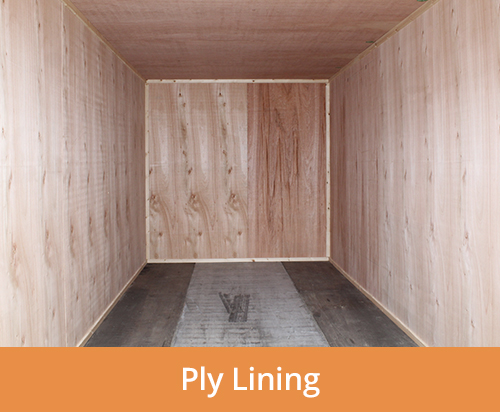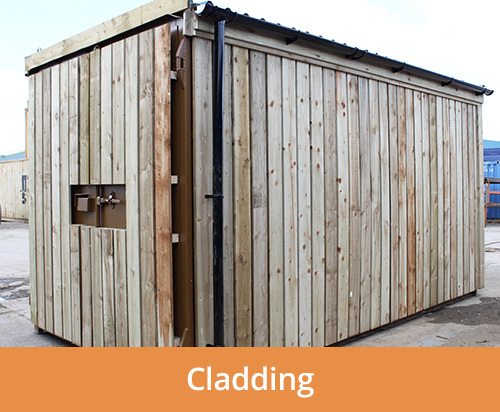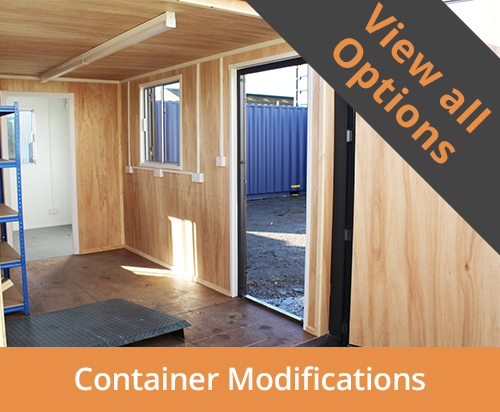ISO Containers For Sale
What is an ISO Shipping Container?
All ISO containers are designed and built in strict accordance with the specifications set down by the International Standards Organisation, to ensure these containers can safely withstand the rigours of global transport by road, rail and sea. Without this regimentation, container transportation would not only be chaotic but potentially unsafe. Therefore it is essential that any shipping container used for international shipping holds certification to show it is up to standard. This certification is known as a CSC (Container Safety Convention) plate, which you can think of as a container MOT, or passport to travel. However, many ISO containers end up being sold off by shipping lines to be used as storage containers. Due to the nature of their travel these metal boxes are incredibly strong, watertight and theft-proof, which is why they make the ideal storage container.
Buying an ISO container
Non ISO containers
Other container modifications and conversions
As well as modifications for storage we carry out container conversions work for a wide range of applications, including offices, chemical stores and garages. See some our most common modifications below, or go to our shipping container conversions page for examples of our conversion work.
Request a Quick Quote!
Contact our sales team for your no obligation quote, including delivery!Testimonials
As a long established and reputable shipping container company, we want to instil confidence in our customers that we can deliver on our promises, and provide high quality products and service.But don't just take our word for it, see for yourself what our past and present clients have to say about Containers Direct.

"Excellent Customer Service from the enquiry to delivery. Thank you!"Paul Vaines Engineering Services
30th June 2025
order - a New 'Once-Used' 20ft Container and a New 'Once-Used' 40ft Container

"The container was in excellent condition and the delivery driver was really helpful. The sales team processed my sale quickly and were efficient."Getting Better Together
25th June 2025
order - two Used 20ft Containers

"All was great, from initial contact to delivery. Fantastic driver who navigated our limited access brilliantly. Very professional."Nakedesign Packaging Solutions Ltd
16th June 2025
order - a Used 10ft Container

"Always informative and look to achieve our requirements and lead times. Great communicators and they keep you updated on progress etc. Highly recommended by us!"Georgina Grace Limited
6th June 2025
order - six 3m and 4m Flat Pack Store Containers

"Excellent communication and great delivery drivers. Good product at a fair price."FM Conway Ltd
5th June 2025
order - a 'Once-Used' 10ft Container

"Excellent service from point of order. Communication was great on delivery and a thorough search of the area to make sure delivery was possible without unexpected problems. The driver was great, he rang an hour before and was pleasant and cheery on the phone."Red Kite Special Academy
29th May 2025
order - a 20ft ModiBox® Container
Committed to Quality
We are ISOQAR Approved; certified to the ISO standard relating to Quality Management Systems, demonstrating our Company's commitment to quality. We are also members of MakeUK who champion and celebrate British manufacturing and manufacturers, and member of the Container Self Storage and Traders Association; an international organisation representing the interests of Container Self-Storage Operators, Traders and Innovators.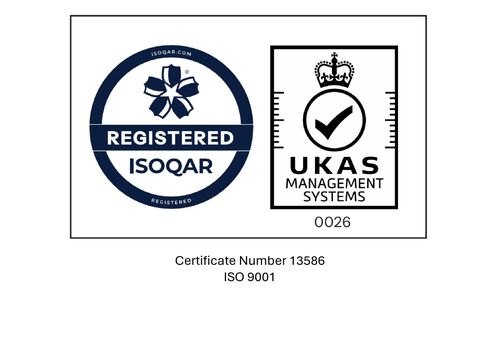
ISO Cert No. 13586-QNS-001
ISO 9001:2015

